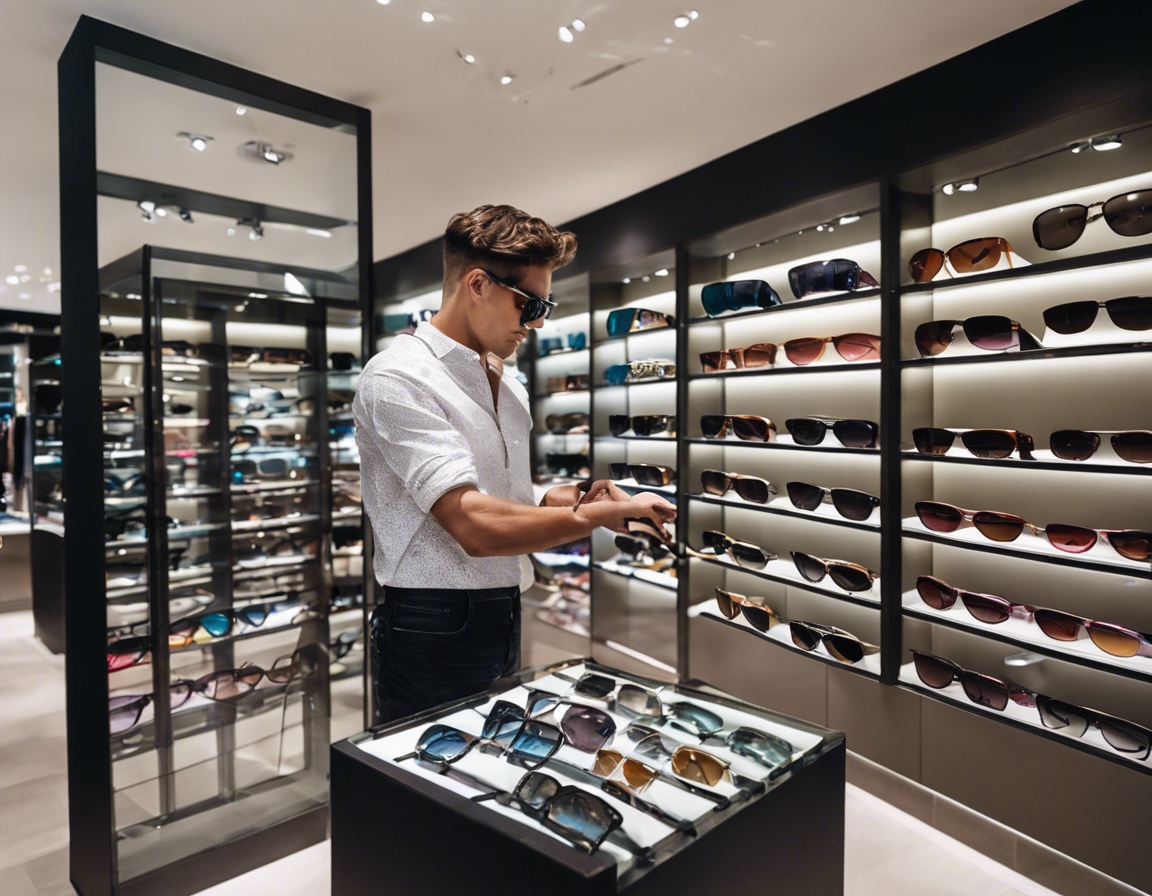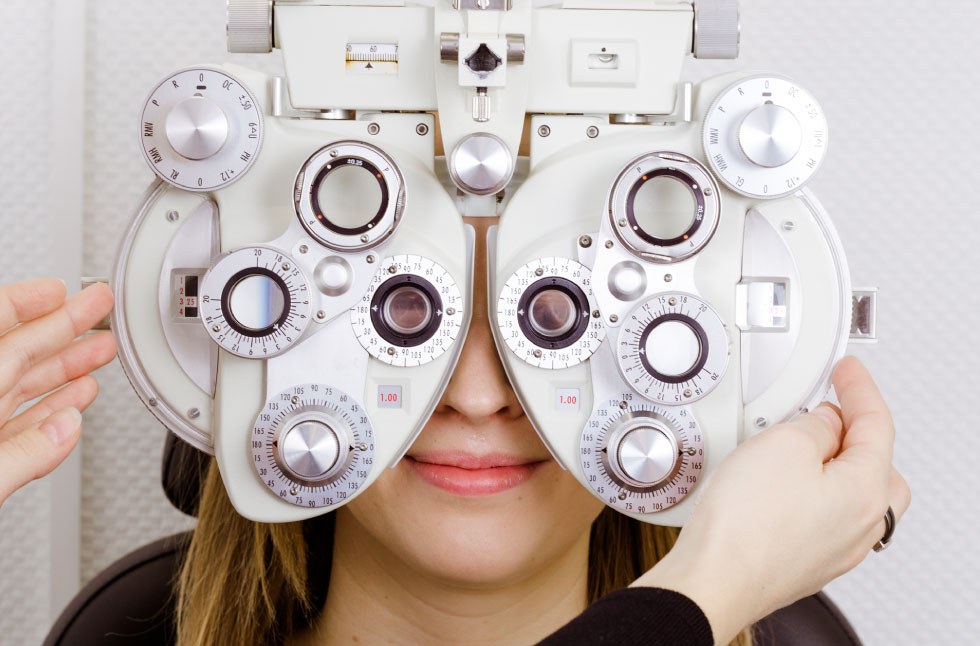How to choose the perfect sunglasses for your face shape
Choosing the right pair of sunglasses is not just about style; it's also about protection, comfort, and enhancing your natural features. The perfect sunglasses can elevate your look, protect your eyes from harmful UV rays, and provide a comfortable fit for everyday wear.
Each person's face is unique, but there are common shape categories that can guide us in selecting eyewear that complements our features. Understanding these shapes is the first step in finding sunglasses that fit you perfectly.
Identifying Your Face Shape
To identify your face shape, stand in front of a mirror and pull your hair back. Observe the widest part of your face, the shape of your jawline, and the overall length of your face. You can also trace the outline of your face on the mirror with a washable marker to see the silhouette more clearly.
When analyzing your face shape, focus on specific features such as the width of your forehead, cheekbones, and jawline relative to each other. Consider the angles of your features and how they contribute to the overall shape of your face.
Sunglasses Selection for Each Face Shape
Individuals with an oval face shape can wear almost any style of sunglasses. However, frames that are as wide as the broadest part of the face or walnut-shaped frames that are not too deep or narrow are particularly flattering.
For a round face, choose sunglasses with angular or rectangular frames to help elongate the face and add definition. Avoid round frames that can accentuate the face's roundness.
Square faces benefit from sunglasses that soften the angularity and balance the face. Round or oval frames are ideal, and those with a slight upsweep at the corners can also be particularly flattering.
Heart-shaped faces, with a wider forehead and a narrower chin, look great in frames that are wider at the top than the bottom. Consider cat-eye styles or frames with detailed embellishments that draw attention upward.
Diamond-shaped faces, characterized by high cheekbones and a narrow forehead and jawline, are complemented by oval or rimless frames that highlight the cheekbones.
Rectangular faces, with a longer length than width, can benefit from frames that add width. Look for large, statement sunglasses that help balance the face's proportions.
Additional Considerations When Choosing Sunglasses
Ensure that the sunglasses fit well and are not too large or too small for your face. The frames should be in proportion to your face size and features.
Look for sunglasses that offer 100% UV protection to safeguard your eyes from the sun's harmful rays. Consider lens technologies such as polarized or photochromic lenses for additional benefits.
While face shape is important, your personal style and color preferences should also play a role in your selection. Choose colors that complement your skin tone and styles that reflect your personality.
Consider the material of the sunglasses for durability and comfort. Options include lightweight metals, flexible plastics, and materials that offer hypoallergenic properties.






Comments (0)